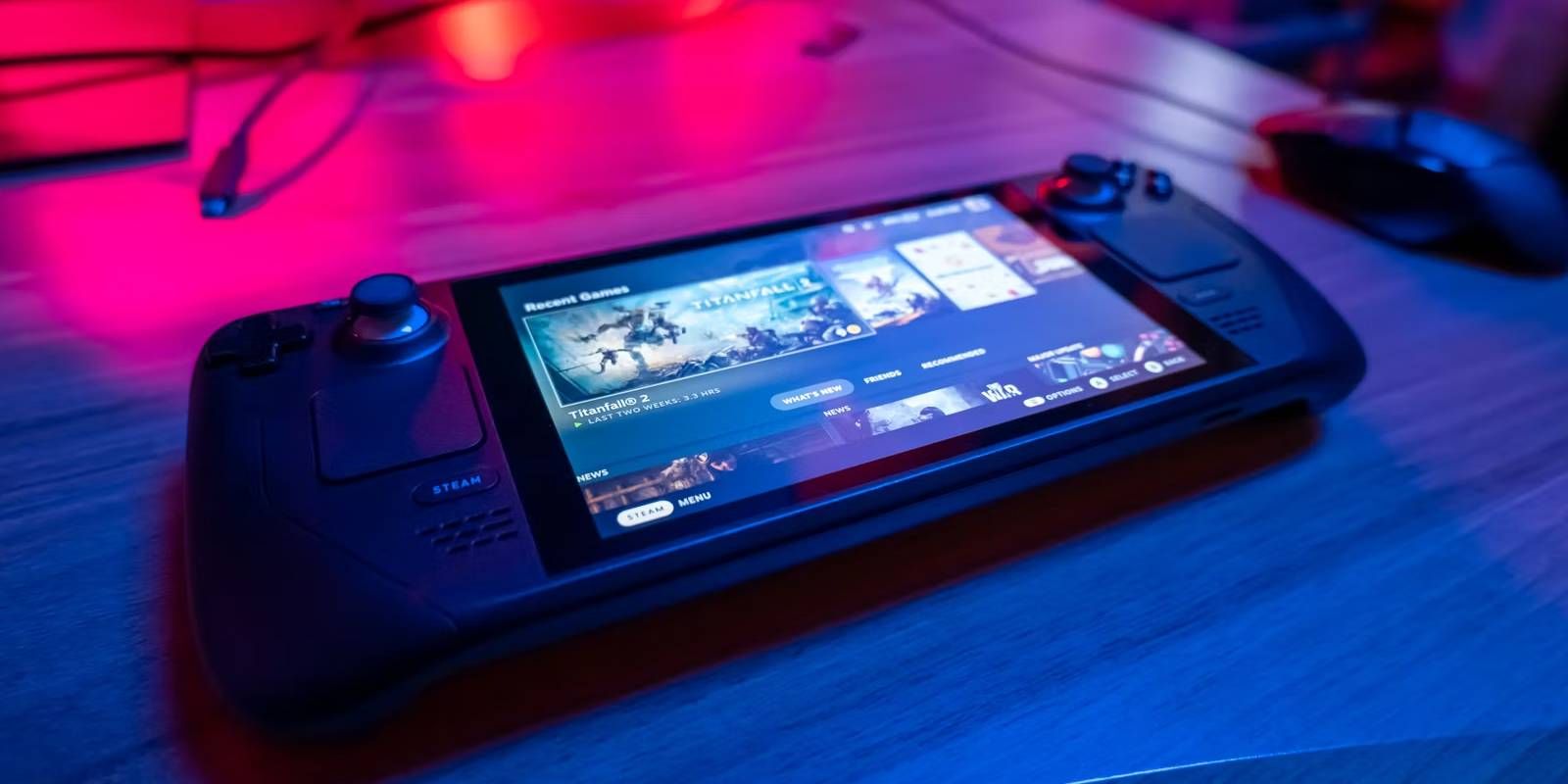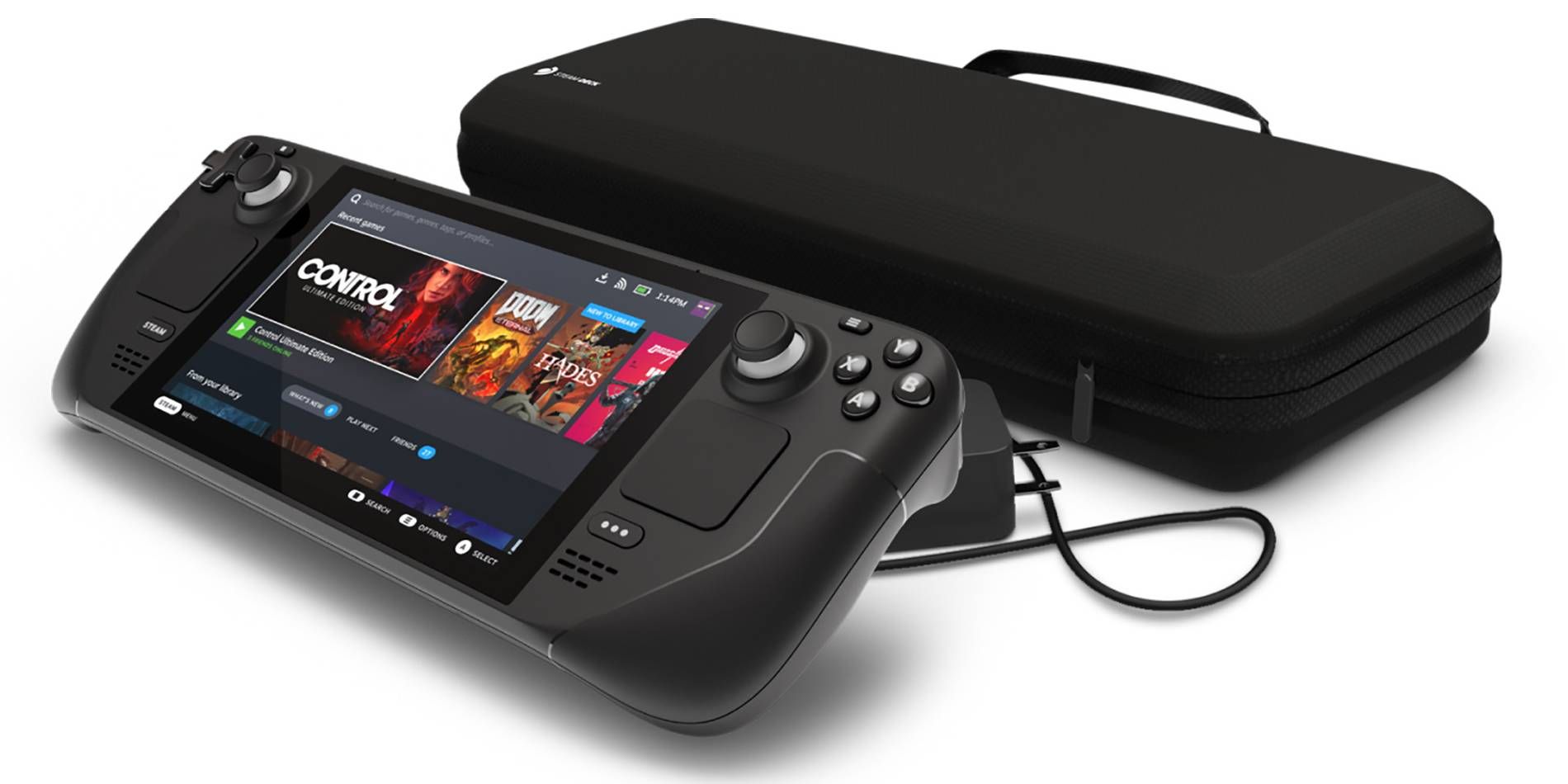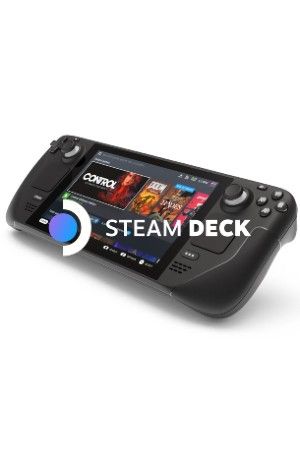Almost acting like a portable PC, the Steam Deck has proven to be an intriguing new option in portable gaming; however, many issues involving the best settings for performance and battery life have come about as players try to access more demanding games. Whether importing a graphically intense title from Xbox Game Pass for Steam Deck or running an indie game that has many systems pulling at the battery life, players should consider altering the base systems of their Steam Deck to optimize their mobile setup. Although there are several methods for improving the Steam Deck's quality of life, certain players might prefer one solution over another.
The most recommended methods of improving performance and mitigating battery drain on a Steam Deck involve reducing the screen brightness, using the frame rate limiter, adjusting the total power of the GPU output, activating FSR upscaling, and turning on half rate shading. Of course, Valve has given players many tools to find unique solutions as well, but these choices are perhaps the most consistent in conserving battery power and bolstering the operation of the nearly 1,000 verified games on the Steam Deck.
Using the Best Performance & Battery Life Settings for the Steam Deck
A simple way for players to consolidate battery power on the Steam Deck is to check the brightness on their screen and reduce it accordingly. Unfortunately, the default settings of the Steam Deck have a very high brightness, which is not necessary for most games with their own lighting settings. Another avoidable option comes through the "Adaptive Brightness" setting, which players should avoid as it has been proven to be somewhat disruptive and a leech on battery life as it constantly tries to make dynamic changes to game lighting in real-time.
With acclaimed games such as Elden Ring now on Steam Deck, the frame rate become a significant factor in performance and battery life. Limiting the amount of frames games amount to remain a surefire way to prevent stuttering or unpleasant fluctuations in the quality of certain titles. Players might find success in going to the "Quick Settings" menu of the Steam Deck and turning the frame rate limiter to 30FPS while perhaps also tinkering with the display of the game itself. Less energy into high frame rates reduces battery drain in addition to functional improvements.
The "Performance" setting offers quite a few choices for players to adjust their GPU to play the Steam Deck's ideal games. For example, the Thermal Power (TDP) Limit is a selectable option that limits processor power for retained energy over a longer period, while Half Rate Shading applies a variable rate shading for the same purpose. Watts and GPU Clock Frequency are also customizable, encouraging players to experiment with these settings and alter them based on whichever game they try to optimize.
FidelityFX Super Sampling (FSR) refers to a super-sampling feature found in plenty of games, rendering games at lower resolutions in exchange for an upscale that makes the game still seem as if it is performing at its higher settings. In essence, FSR upscaling lets players operate their favorite games at low settings without ever noticing, providing quality performance without the cost of an exponentially depleting battery. Now that Steam Deck purchases no longer require waitlists, players looking to use the best settings for improved performance and better battery life should test these options when booting up the plethora of titles present on the mobile system.



